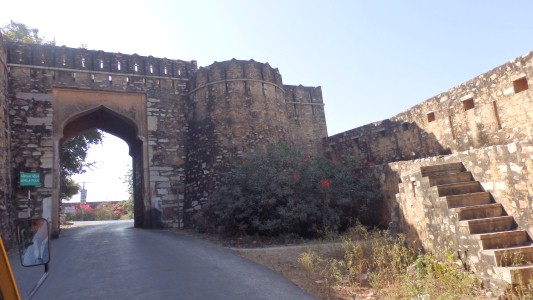
This one has 7 gates on the way up the hill.
The Fort was the capital of Newar, the centre of Rajput Power from 7th to 16th century.
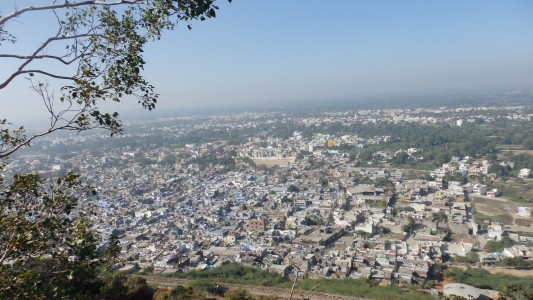
We know how to pronaounce it as one of the toll booth operators wouldn't let us past until we completed the elocution lessons.
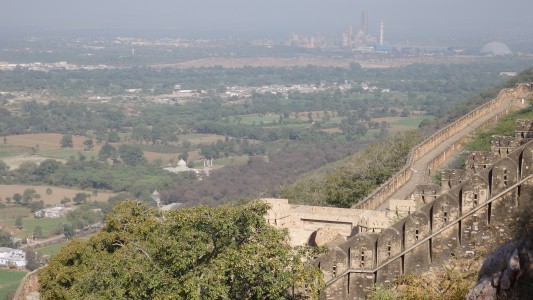
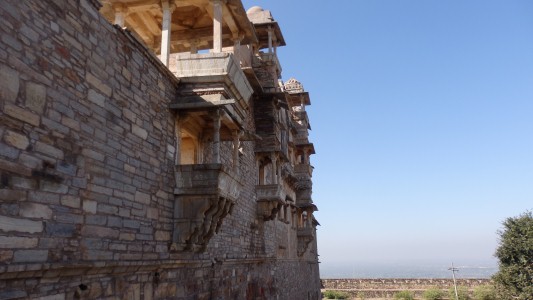
Built 1433 - 1468.
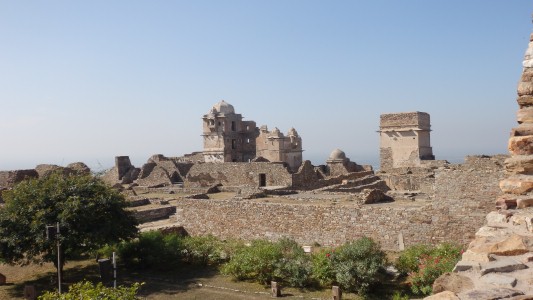
A series of open spaces and surrounding building.
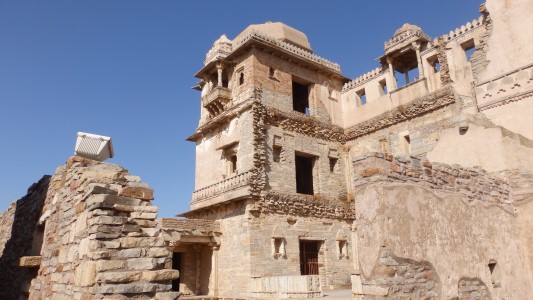
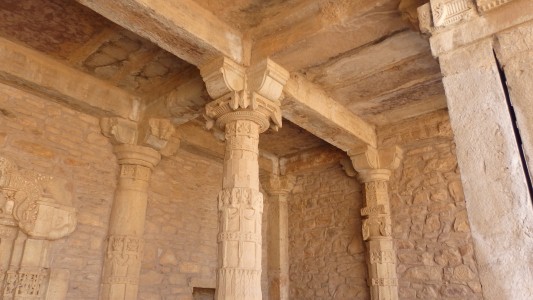
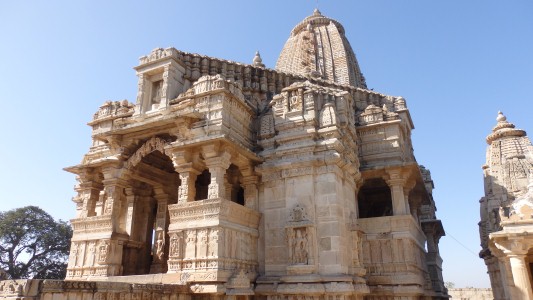
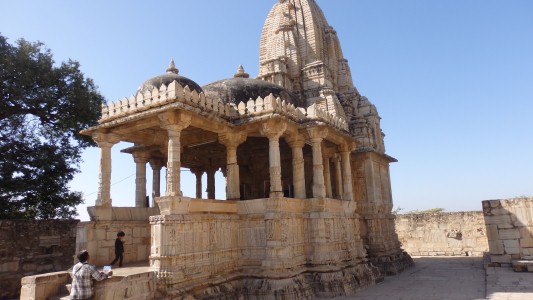
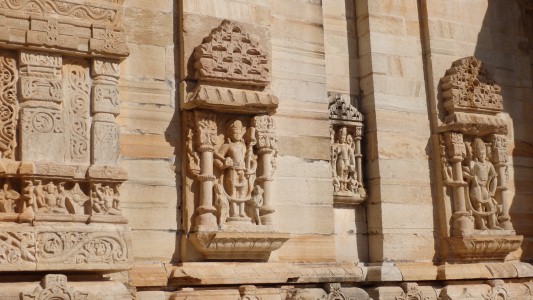
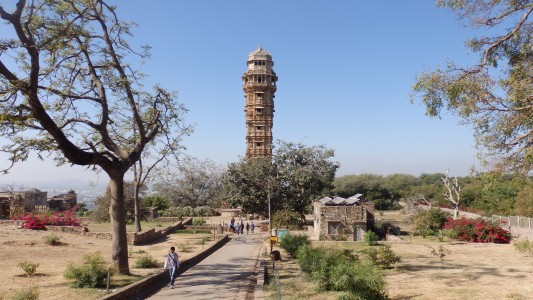
Should have tried three.
Trying to renegotiate was not a good idea.
This is the Vijaya Stambha.
Victory Tower.
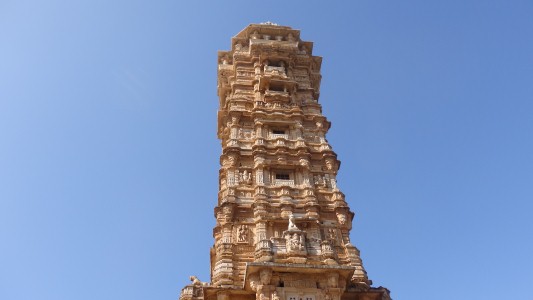
Dedicated to Vishnu.
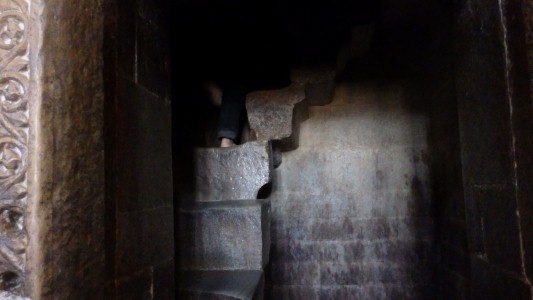
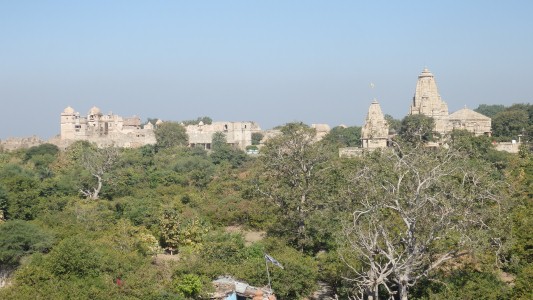
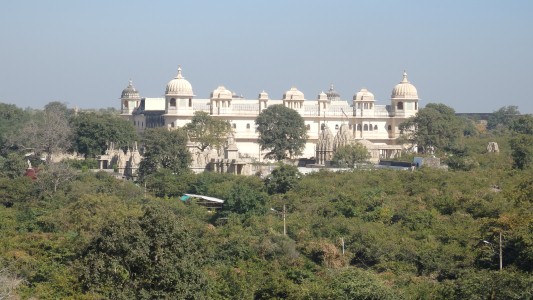
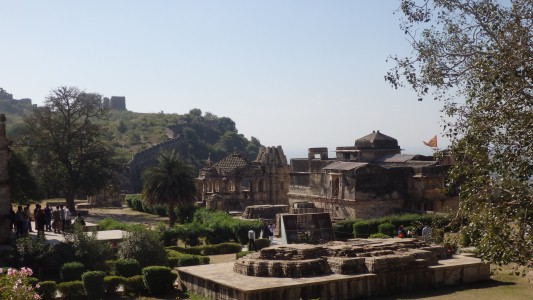
Just below here were where mass self immolations, of widows who could no longer look after themselves, occurred.
A harsh world, the practice is now illegal in India.
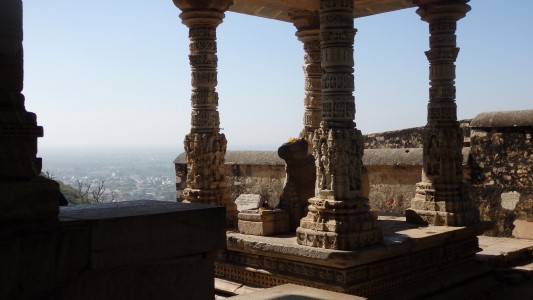
One of Vishnu's incarnations.
We've begun to come to grips with Hinduism and the effect on Indian society.
The impeccable logic of reincarnation and good or bad karma that relegates people to a life of inequality.
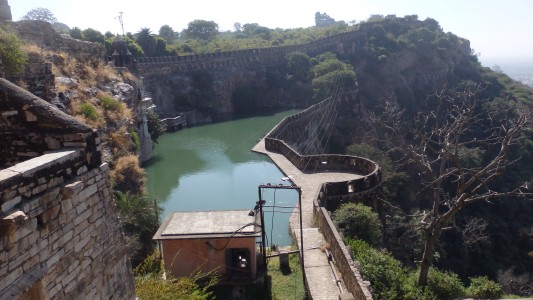
This reservoir is still in use. There's a village of 5,000 people near the entrance at the top.
We could hear electric pumps whirring.
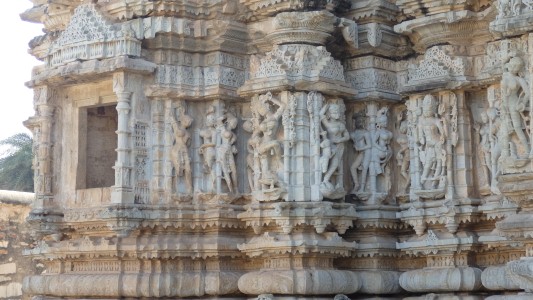
A single row of carvings.
We are beginning to see the differences in Indian society due to caste, region, gender, language, beliefs, occupation and ideology.
A long cup of tea with the hotel general manager's wife provided a few insights into her life.

This is her palace.
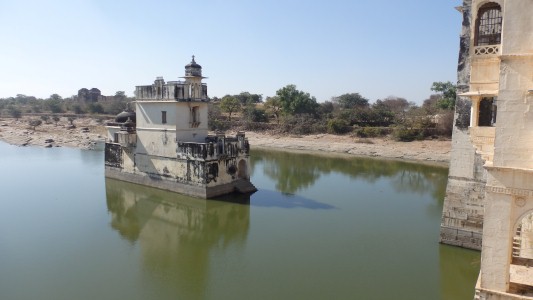
With the Jal Mahal.
The underlying sandstone is showing through. Slightly tilted.
The fort seems to be on one of a series of ridges.
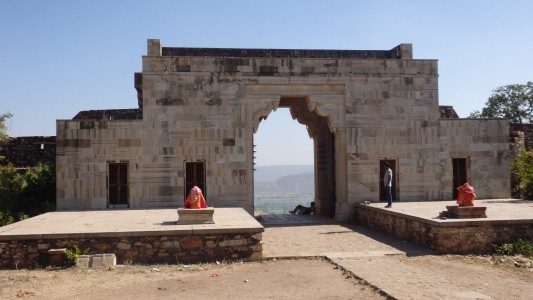
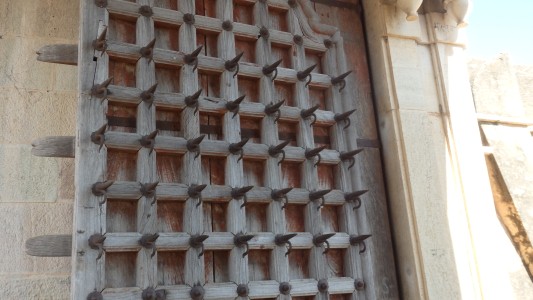
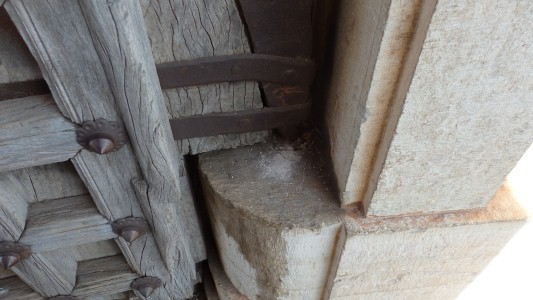

A Jain tower from the 12th century.
Back in about 458 AD there was a Jain cosmology written.
The Lokavibhaga.
Its the oldest known mention of the number zero, and the decimal place system (units, tens, hundres, etc).
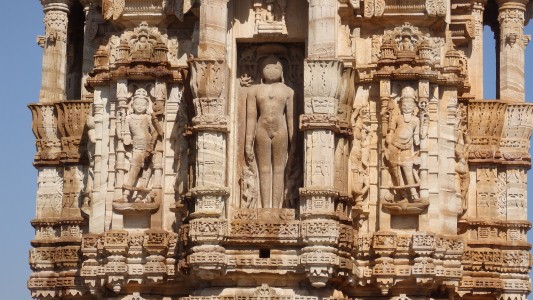
We are beginning to recognise "Jain".
All this, in two hours!